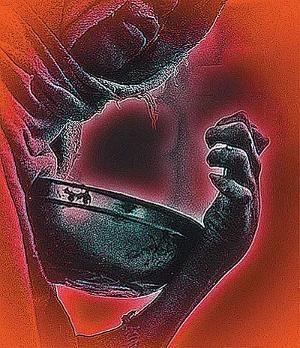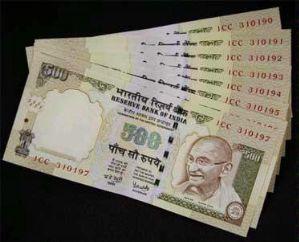January 14, 2014
NEW DELHI: Poverty among the employed is higher than among the unemployed. If that seems counterintuitive, the fact that 90% of the poor are employed might make it seem less puzzling.

January 14, 2014
NEW DELHI: Poverty among the employed is higher than among the unemployed. If that seems counterintuitive, the fact that 90% of the poor are employed might make it seem less puzzling.

Unemployment rate is highest — almost 10% — among those with a diploma or certificate, and among graduates and those with a post-graduation or higher qualification at over 8%.
The poor and the uneducated cannot afford to not work, while the unemployment rates keep climbing as the level of education rises. Thus, the problems for the underemployed and the working poor are more acute than open unemployment, with over half the workers falling below the poverty line.
This was revealed in the India Labour and Employment Report 2014 which looked at employment data of the National Sample Survey Organization (NSSO) up to 2011-12. Even going by the official poverty line of Rs 27.20 a day in rural areas and Rs 33.33 in urban areas, about a quarter of all workers were poor in 2011-12.
However, going by an enhanced poverty line of $2 per day at purchasing power parity (i.e. about Rs 45 per day at 2013 exchange rate of PPP dollar), 58% of the workers, about 276 million people, would be below the poverty line.
Incidentally, unemployment rate is highest — almost 10% — among those with a diploma or certificate, and among graduates and those with a post-graduation or higher qualification at over 8%. It is lowest among the illiterate (0.7%) and those with lesser than middle school-level education — less than 2%. Women are the worst off with educated female unemployment being as high as 23%.
According to the report, over the period 1993-94 and 2011-12 the incidence of poverty among employed persons declined from 49% to 25% but that among the unemployed declined from over 32% to 21%. Thus the decline in incidence of poverty has been higher among the unemployed than among the employed. Casual workers had the highest incidence of poverty in 2011-12, about 36%. Among those who were self-employed, 24% were poor ad even among regular workers 9% were poor.
"The disconnect between work and income as also between employment and poverty status is primarily caused by the predominance of informal employment," stated the report. Informal employment has always accounted for a major share of employment in India, 92% of the workers in 2011-12.
With economic reforms towards globalization, it was expected that the organized sector would grow in importance. Instead, its share in employment is estimated to have come down to about 12% by 2004-05. It then rose to an estimated 17% by 2011-12. But the proportion of informal employment within the organized sector increased from 41% in 1999-2000 to 58% in 2011-12.
Workers in such informal arrangements not only draw lower earnings than regular workers, but also get work only off and on depending on market needs and remain outside the purview of various social protection schemes floated by the state, pointed out the report.
The share of regular workers which constituted 15% in 1972-73, declined steadily falling to 13% by 1993-94 and then registered an increase to 18% by 2011-12. Thus despite economic development, modernization and fast growth in recent years and globalization, the proportion of workers employed on a regular wage and salary basis has shown only a small increase.
Workers below poverty line by employment status (%) – 2011-12
|
Employment Status |
Proportion below poverty line |
|
Employer |
4.4 |
|
Self-employed |
24.6 |
|
Regular employed |
9.3 |
|
Causal Worker |
36 |
|
All |
25 |
Courtesy: TNN







































































































